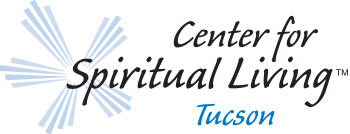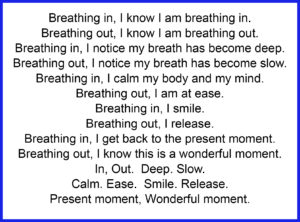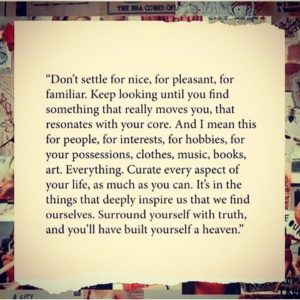C-C-C-C-h-a-n-g-e….
Nobody likes to have change forced on them. Nobody I know, anyway. Most of us don’t mind a little change, especially if it’s our idea. I think it was metaphysical teacher Stuart Wilde who once said, “If you are being run out of town, get in front of the mob and act like it’s a parade.” I got to see him in Las Vegas, shortly before he transitioned. He was masterful at making use of whatever life threw at him. Because he presented such a larger-than-life target, people were always throwing stuff. It didn’t matter to him at all. He’d use every bit of the notoriety, transmute it into fame, and use it for his benefit.
The world is in a period of great change, as is CSL Tucson, as are (likely) each of us. It isn’t as though we can actually say ‘Stop the world, I want to get off’, although there are ways we can sometimes lessen the effect of changes we experience. Not all of these techniques are useful in the long run. We can resist change, be in denial by pretending change isn’t happening, we can numb ourselves with any of our familiar, faithful and friendly addictions, or we can work with the change and turn it to our use, if not our benefit.
A few weeks ago, I listened to an audiobook by Thomas Friedman entitled Thank You For Being Late. In it, he described how the rate and intensity of technological change continues to increase ever more rapidly, and that changes that used to take decades or generations were now occurring within a few years. I know for me, I’m actively embracing some aspects of this technology change, and others I’m doing my best to drag my feet. Some changes, choices and options seem really cool, and some I really do struggle to see the merit or point.
“To exist is to change, to change is to mature,
to mature is to go on creating oneself endlessly.”
—Henri Bergson
In the case of moving the Office and Education Center, this wasn’t a change that we actively solicited. On one (status quo) level, we were hoping that the heirs of our previous landlord would never find a buyer for the East River Rd property and we could be left in peace to do our thing. It wasn’t the greatest workspace or classroom space ever, but it was familiar, and acceptably comfortable. Some people didn’t like the driveway or thought the old homestead was ugly. We really wouldn’t have been inspired to change anything on our own. Change is work! Change requires movement, action and decisions! And yet, once our office building had been sold, and we petitioned for extra time to get ourselves moved (we did get an extra week), we suddenly found ourselves motivated to discover & create beneficial change for ourselves. The unhappy rattlesnake under the trashcans was simply an encouragement. (No humans, snakes or trashcans were harmed in that encounter.) The outcome that is unfolding before our eyes is more magnificent that any one of us on your Board could ever have imagined, and I feel excited and enthused by our ‘greatest yet next to be.’
So if change happens whether we want it to or not, how can we make use of it? It sounds so noble to say ’embrace change’, and yet, that really is the best option when change seems mandated. Without this change that was ‘forced upon us’, we never would have even considered the possibility of purchasing and actually owning our Office and Education Center, and would have continued to pay rent to a landlord and be at their whim about raising the rent or selling the property out from under us. At the same time, I have this glimmer of awareness that we had shifted our collective consciousness enough that we were ready, as an organization, to become owners of our own Office and Educational Center, and start building equity for ourselves instead of for another. To me, that’s exciting growth for us as a spiritual community.
–Rev Janis Farmer






